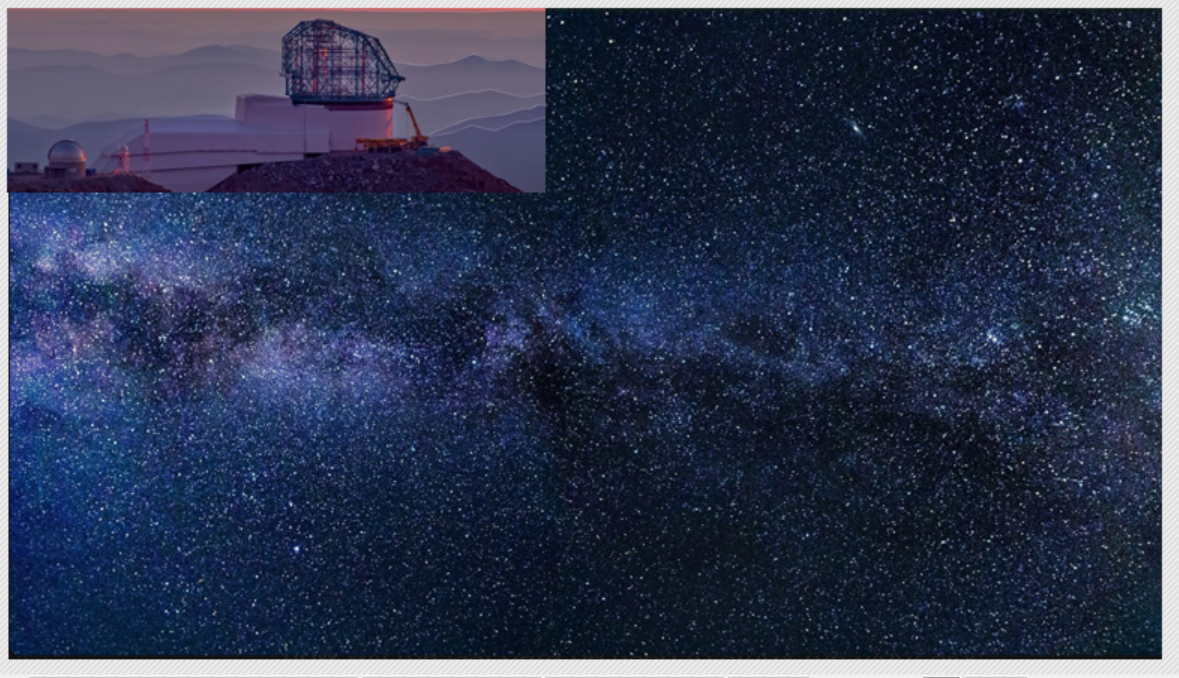Richard Butler - World's largest camera: 3.1 gigapixels for epic timelapse panos of the universe:
https://www.dpreview.com/news/3829200267/world-s-largest-camera-3-1-gigapixels-for-epic-timelapse-panos-of-the-universe
#SkySurvey #LegacySurvey #Spacetime #LSST #GiantCamera #Camera #Optics #Photography
https://www.dpreview.com/news/3829200267/world-s-largest-camera-3-1-gigapixels-for-epic-timelapse-panos-of-the-universe
#SkySurvey #LegacySurvey #Spacetime #LSST #GiantCamera #Camera #Optics #Photography
Richard Butler - World's largest camera: 3.1 gigapixels for epic timelapse panos of the universe:
https://www.dpreview.com/news/3829200267/world-s-largest-camera-3-1-gigapixels-for-epic-timelapse-panos-of-the-universe
#SkySurvey #LegacySurvey #Spacetime #LSST #GiantCamera #Camera #Optics #Photography
0 Comentários
0 Compartilhamentos
2K Visualizações






